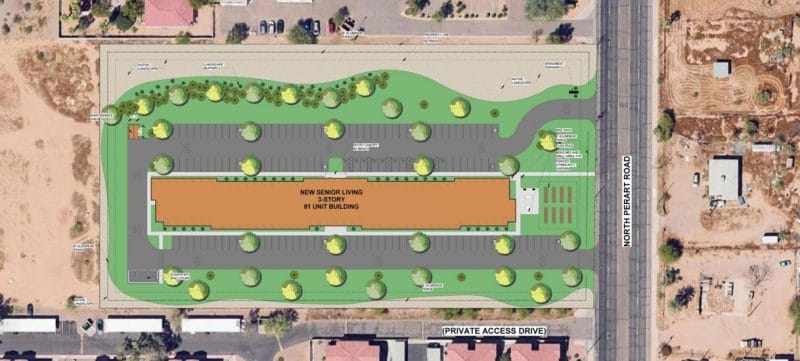The Monday Morning Quarterback
A quick analysis of important economic data released over the last week
By Elliot D. Pollack & Co. | Rose Law Group Reporter
Most of the data that came out on the national level are showing the impacts of the latest round of stimulus payments. Inflation is making some noise, and gasoline prices have been especially volatile. Consumer prices rose 2.6% year-over-year, which is the highest reading since August 2018. Many believe the recent spike in inflation to be temporary, but it bears watching. The deficit has also been driven higher by the trillions of dollars of stimulus packages. On a brighter note, the stimulus checks have boosted retail sales, growing 9.8% in March and will help 1st quarter GDP significantly. High builder confidence also continued its streak with the latest monthly reading.
Locally, employment continues its path of recovery and now stands at 68.4% of jobs recovered statewide. As expected, leisure & hospitality and construction led all sectors in employment gains. Taxable sales also increased, but it will be another month before the effects of stimulus money appear.
In terms of local commercial real estate in Greater Phoenix, the office sector continues to struggle to establish a foothold in the recovery with negative absorption and its fourth consecutive month of increasing vacancy, somewhat exacerbated by new deliveries that were well underway prior to the pandemic. Conversely, the industrial market continues to boom. Despite over 4.3 million square feet of deliveries in the first quarter, 5.6 million square feet was absorbed, and vacancy declined y1et again to just 5.6%.
U.S. Snapshot:
- Inflation increased at the fastest rate seen in recent years in March. This is the first time we see recent pressure and speculation of the increase in the actual data. All items increased 0.6% for the month and 2.6% for the year. Gasoline prices increased 22.5% for the year. All items less food and energy rose 0.3% and 1.6%. Inflation is increasing, but economists and policymakers believe the spike is temporary. Inflation bears monitoring over the upcoming months.
- The new round of stimulus checks helped retail sales grow by 9.8% in March. This increase in consumer spending bodes well for 1st quarter GDP.
- The third round of fiscal stimulus caused the U.S. Treasury’s budget deficit to continue to increase in March. Fiscal-year-to-date, the deficit reached $1.7 trillion (now through the first six months of the fiscal year). The deficit was expected to decline from $3.1 trillion to $2.3 trillion prior to the approval of the rescue plan in March.
- Housing sector remained strong in April. Builder confidence remained above 80 for the eighth consecutive month, according to the NAHB.
Arizona Snapshot:
- Employment continues to recover across the state. On a non-seasonally-adjusted basis, Arizona has added 16,100 jobs, Greater Phoenix added 9,700 jobs and Greater Tucson added 2,700 jobs. For the state, the gains were primarily in Leisure & Hospitality (6,900), Construction (3,200) and Education & Health Services (2,400). The only losses were in Financial Activities and Information.
- Arizona has recovered 68.4% of the jobs lost. Greater Phoenix and Greater Tucson have recovered 70.8% and 55.5%, respectively.
- Total taxable sales in Arizona increased 4.6% for the month of February and retail sales increased 3.1% in the same period. The number is expected to increase next month as the third-round fiscal stimulus should start showing in the data.
- The office market in Greater Phoenix continues to adjust to the post-pandemic world. Absorption declined by 554,058 sq. ft. and 858,111 sq. ft. were delivered in first quarter of 2021. As a result, the vacancy rate increased for the fourth consecutive month to 19.1%.
- The Phoenix’s industrial market continues to boom. Over 4.3 million sq. ft. were delivered in Q1 2021. While absorption was 5.6 million, leading to a decline in the vacancy rate to 5.6%.








